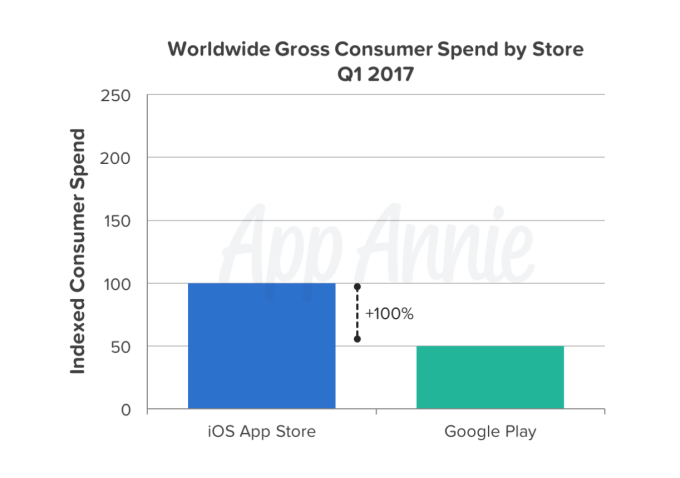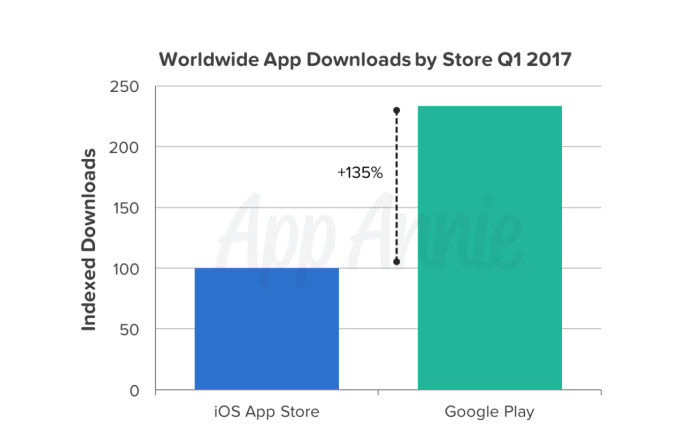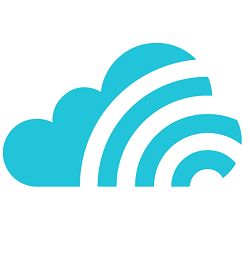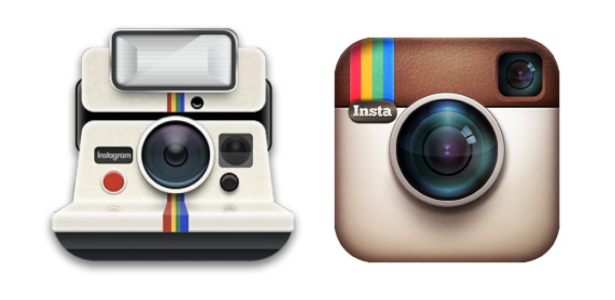Poor analytics and expensive ad costs are at the top of the list.

With the implosion of standardized media into a fragmented network of varying niche-focused platforms, digital marketers must be constantly on guard and aware of burgeoning social tools for distributing brand messaging. Given the quantity of social media, blogs and content curation sites, marketers must be shrewd in discerning what platforms best serve their needs and connect with their target audience. After all, there are simply too many outlets available to spend time marketing on all of them.
One of the latest up-and-comer social platforms to gain attraction from marketers is the photo and video-sharing app Snapchat. Snapchat allows users to upload photos and videos, which they can share with their friends. What makes the app unique is that the content “self-destructs” after viewing, vanishing without a trace. This is the app’s appeal.
Given the horror stories that arise from boss’s stumbling across old Facebook content, or celebrities receiving backlash over something they tweeted five years ago, it’s no wonder why the ephemeral nature of Snapchat’s messaging is appealing to millennials who desire free expression without having their every whimsy and off-hand comment inscribed in stone.
But, while the short-lived snaps appeal to users, it’s not the best for marketers. Nevertheless, many brands have started using Snapchat for marketing ventures. The tool does have its benefits. It allows brands to engage in one-on-one communication with their audience. It’s also still seen as cool and can help humanize a brand and make it seem more authentic. Taco Bell has also demonstrated the tool’s viability as a successful channel for contests and giveaways. Plus, the majority of Snapchat users hail from the coveted millennial demographic, with 41 percent of 18- to 34-year-olds using the app.
While Taco Bell and others have achieved big things with Snapchat, there is also a vocal group of digital marketers, myself included, who find Snapchat less than ideal. As the CEO of a digital marketing firm, I am constantly exploring new venues for audience engagement. I initially found Snapchat to have a lot of potential. After all, visual content is huge right now, as is all things mobile. Also, in Snapchat’s defense, they have recently attempted to remedy some of their major issues, such as re-sharing content (Snapchat memories), the short life of content (Snapchat Stories) and poor means of promoting discovery (new search function). Even though Snapchat is moving in the right direction, in my opinion, the app still doesn’t cut the mustard.
Let’s take a look at some of the biggest problems still plaguing Snapchat marketing.
Poor analytics reporting.
For a platform to be useful as a marketing channel, there must be a simple way of calculating ROI and measuring the success of a campaign. This is not the case with Snapchat. To gauge success and glean metrics from Snapchat requires a lot of manual calculations -- which for larger campaigns results in a huge time cost.
As Snapchat continues to grow as a marketing platform, it is likely it will provide a means of analytics tracking, but in the app’s current incarnation, it’s simply not useful. You don’t know the number of people following you or viewing your snaps. So if you can’t measure engagement or a snap’s success, what’s the point? The lack of information provided not only makes it difficult to determine ROI, but also inhibits evolution of content strategy within the platform.
Third party apps for tracking Snapchat analytics, like Snaplytics, do exist, but plans are subscription-based and expensive. Considering the cost of content creation, ads and analytics tracking, successful marketing on Snapchat quickly becomes expensive. Which brings me to my next complaint.
Advertising on Snapchat is super expensive.
Snap Ads campaign rates begin at $10,000 per month. This obviously does not include the cost to create the content or third party analytics tracking.
Aside from basic Snap Ads, Snapchat also offers brands the option to sponsor lenses and purchase premium ads positioned at the top of the app, which they call Snapchat Discover Ads. Pricing breakdown for the sponsored lenses and Discovery ads are as follows:
Sponsored lenses (lasts 24 hours)
- $450,000 a day (Sunday – Thursday)
- $500,000 a day (Friday and Saturday)
- $700,000+ (Holidays and events)
Discover ads
- $50,000+
Needless to say, advertising on Snapchat isn’t for the faint of heart.
10 second video max.
While users may appreciate the 10-second cap on video content, as a marketer, I do not. Relying on 10-second video clips to engage and build an audience seems like a self-inflicted handicap, especially considering what other platforms like Instagram (60-second cap) and YouTube (unlimited time cap) offer.
The 10-second length makes it extremely difficult to create stand-alone content. Providing context to a clip will often require you to create multiple videos, which only adds to the financial and time costs. And given that the average Snapchat ad view time is less than 3 seconds, providing a focused piece of content that achieves anything at all becomes a very real challenge.
Even with Snapchat’s Stories feature, the 24-hour lifespan for photos and video leave it lacking as a strictly content marketing tool. These time restrictions also make content curation nearly impossible, although there are several workarounds for this issue, albeit manual and time-intensive.
While Snapchat does allow you to get in front of a large audience, it does little to facilitate actual communication in any way.
Limited search and discovery capabilities.
Before January 2017, Snapchat only allowed users to search for other user accounts. This limitation did little to facilitate the discovery of new content. They’ve since rolled out a new universal search bar. While this addition is a huge improvement and does help users better locate what they’re looking for, it still does little to promote the discovery of new content.
Unlike Facebook or Twitter, Snapchat has no means of enabling friends to suggest content to other friends. This makes it very difficult for a company without wide scale brand recognition to build an audience.
No outbound linking.
In Snapchat’s current form, there is no opportunity to drive traffic away from Snapchat by means of outbound links. Thus Snapchat is somewhat useless aside from top-of-the-funnel efforts such as audience engagement.
Personally, I don’t see the point in marketing on a platform that makes it so difficult to drive traffic to your site. While this limitation can be overcome by strong and captivating CTA’s, given the aforementioned short attention span, this is easier said than done.
Thankfully, Snapchat has rolled out a “deep link” feature for beta testers in January, which allows users to swipe up and select a URL provided by the content creator. But this feature has yet to be rolled out across the board.
While I am not a fan of Snapchat marketing in it’s current state, I will certainly keep an eye on the improvements and updates they make. If they unveil a more robust analytics reporting system and drop the cost a bit, maybe I’ll reconsider marketing on their platform. But as it stands, Snapchat marketing just isn’t there yet.






